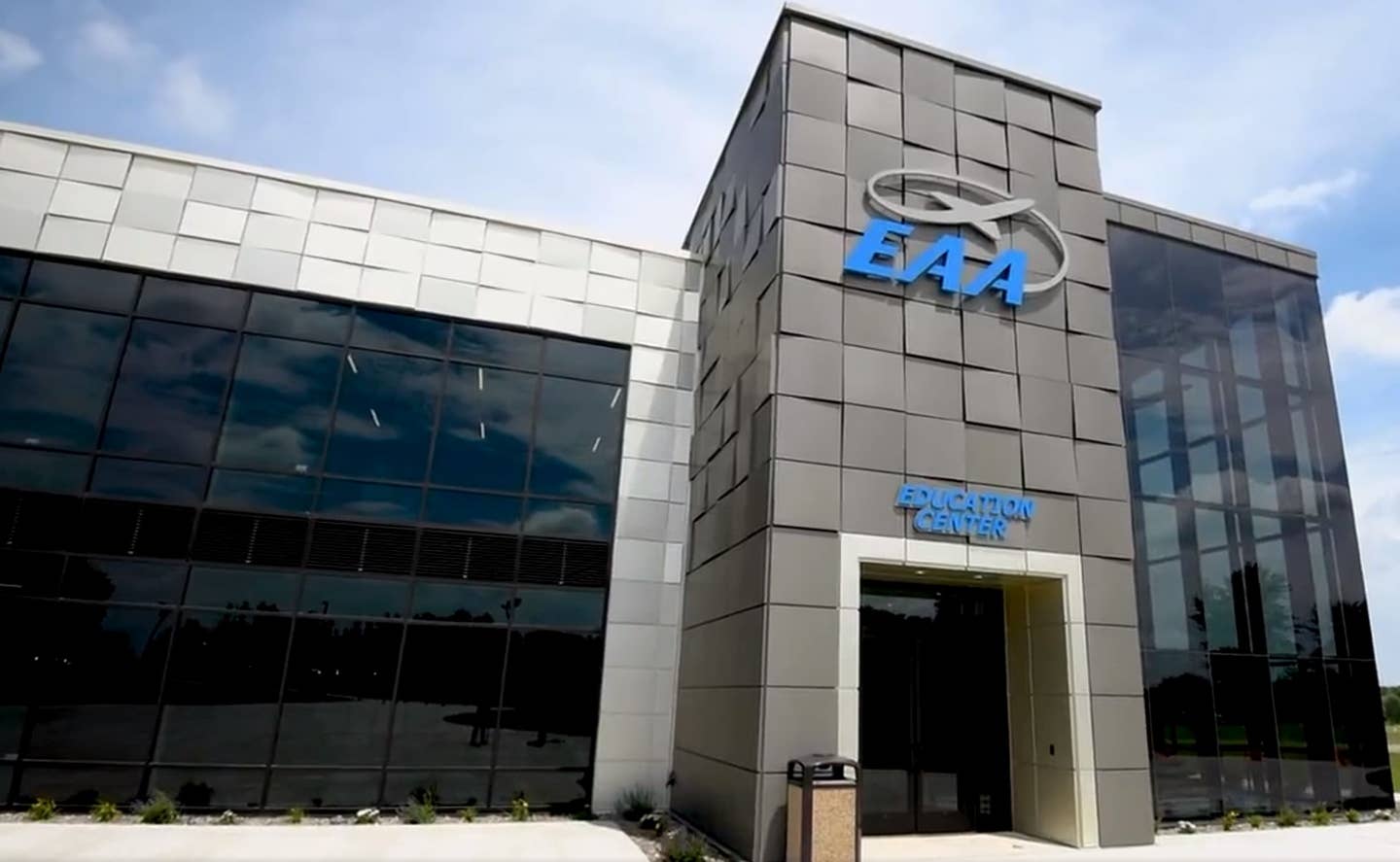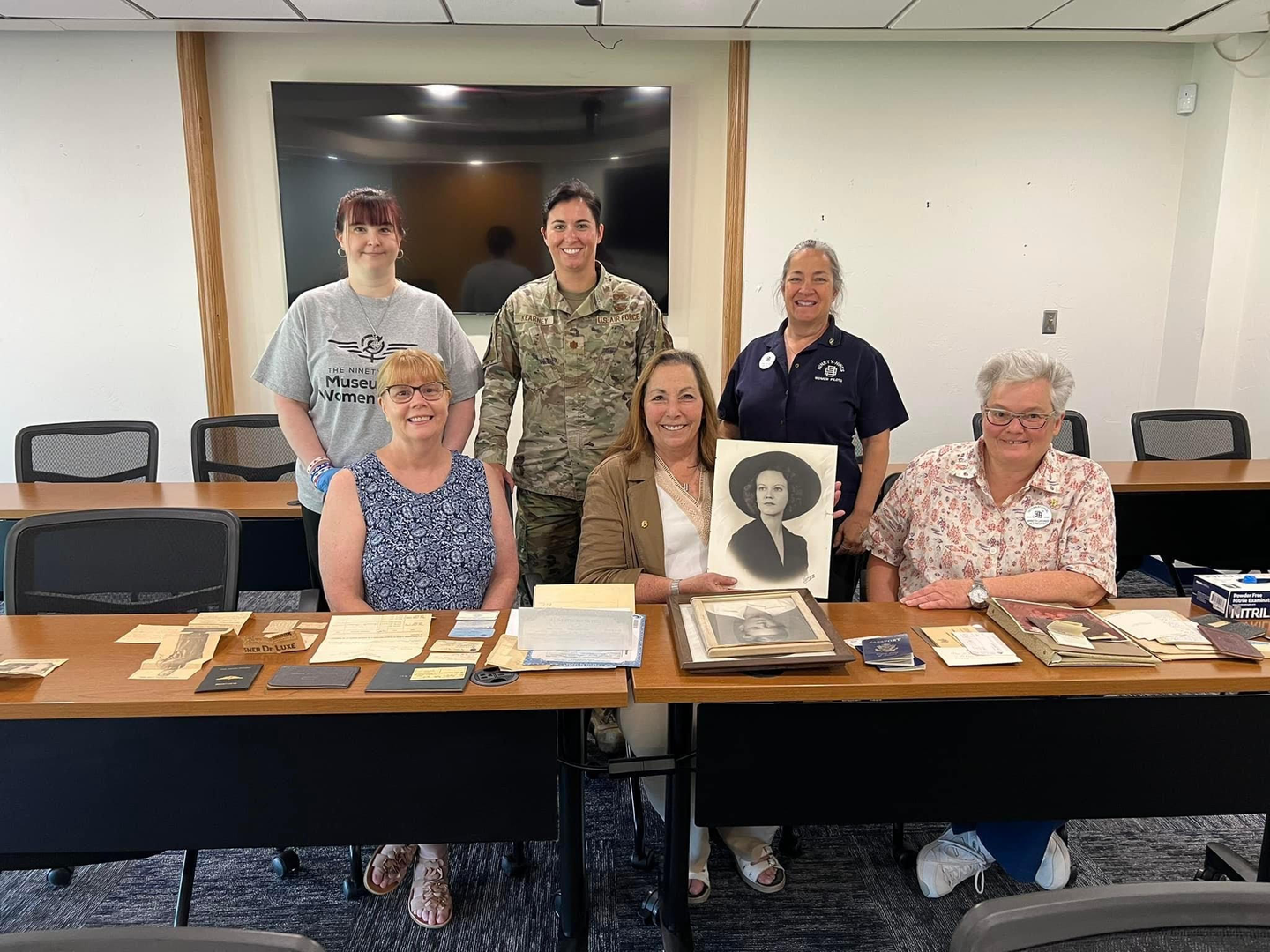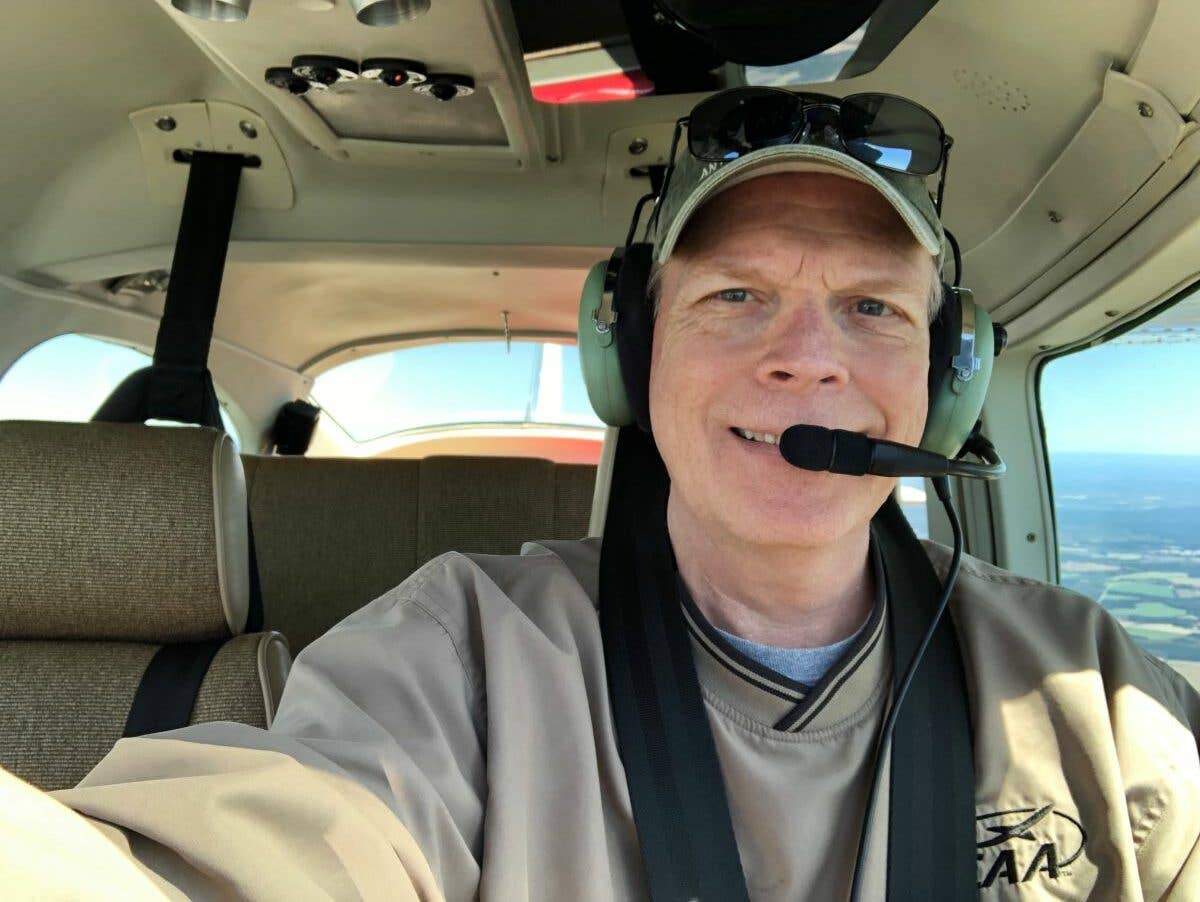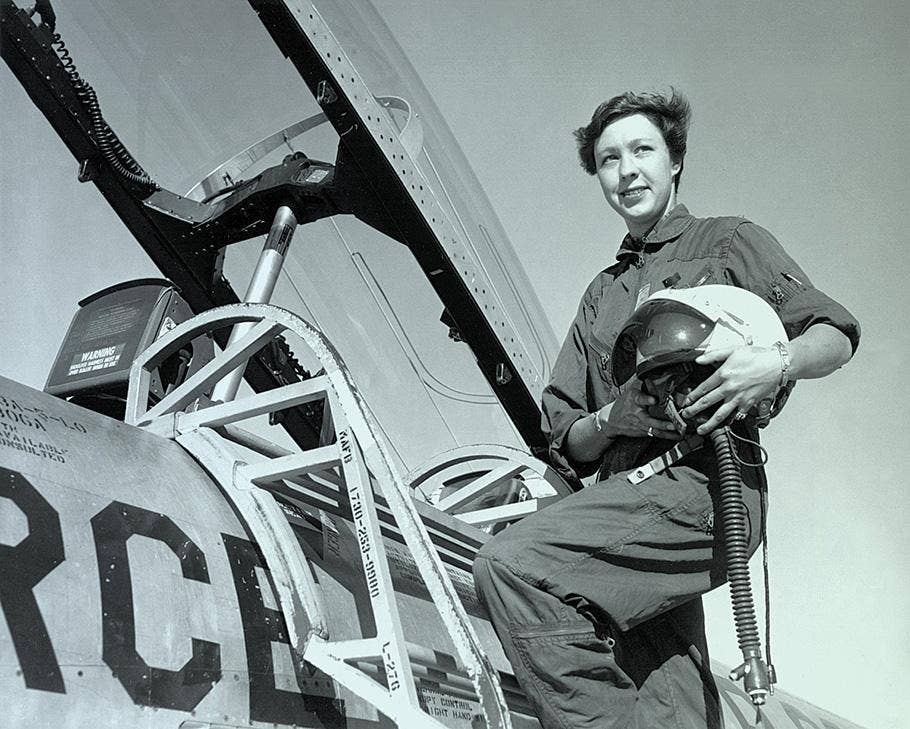What Defines a Professional Pilot?
A small gaffe in a video in his last edition motivates the author to clarify his stance on ‘pro or no?’
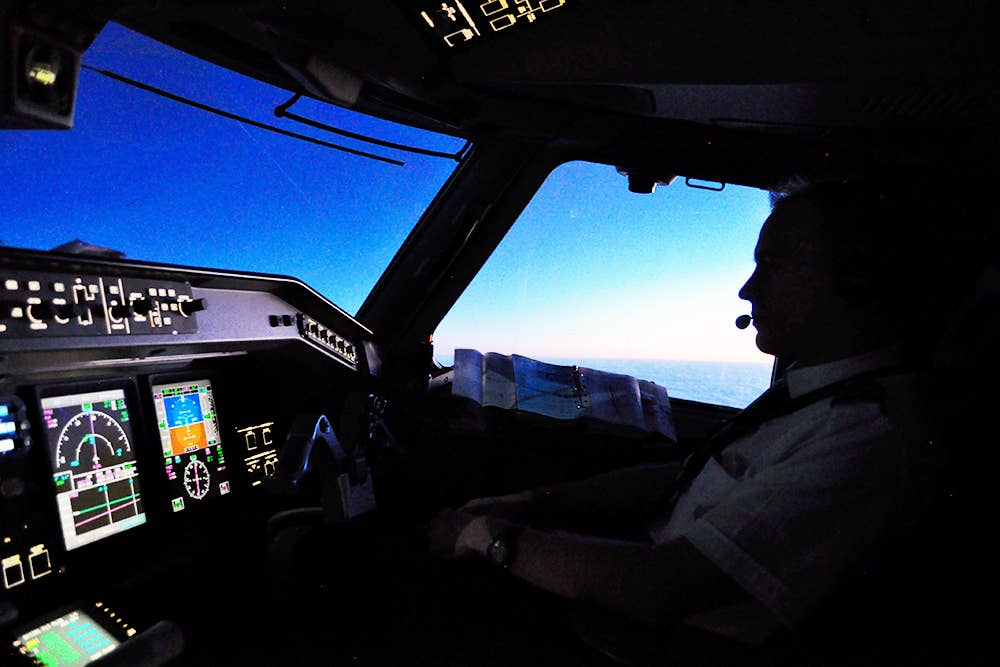
The regional airlines have traditionally been a stepping stone for professional pilots, but they needn’t be. [Courtesy: Sam Weigel]
When we introduced “V1 Rotate” in early December, I explicitly said that the target audience is prospective, beginning, and current professional pilots. Seems simple enough, right? But then in the very next installment, a video review of the David Clark One-X ANR Headset, I made a telling slip: I declared one particular competing headset as “not really a professional pilot’s headset,” when what I really meant was that it wasn’t an airline pilot’s headset.
I discovered the gaffe late in editing and chose not to reshoot, inserting a wry text comment about my bias showing, but the fact that I had mentally transposed the two was a warning flag. If I’m creating “V1 Rotate” to be a resource for all professional pilots, I need to start out by being clear who I’m talking about.
My definition of a professional pilot, for the purposes of this web series, is a person whose primary income is derived from acting as a required crewmember of a crewed aircraft in flight. The qualifiers are important. I don’t consider a drone operator to be a pilot, though many pilots also earn money as drone operators.
My definition also excludes non-required crewmembers and those paying to sit in the right seat of transport aircraft (though the pilot shortage has thankfully made this a much rarer practice than in the past). I don’t include those for whom flying is ancillary to their primary job.
This might be controversial, but I think flight instructors fall into this category; their primary profession is education, not flying. The same thing applies to businessperson owner-operators; many of them certainly operate their aircraft in a professional manner (more below), but flying is not their profession.
What Is Included
Despite these exclusions, my definition is still inclusive enough to span large swaths of the aviation industry. It includes:
- Test pilots
- Agricultural applicators
- Air taxi operators
- Air ambulance pilots
- Aerial fire patrollers and firefighters
- Pipeline and traffic watch pilots
- Banner towers
- Diver drivers
- Cargo haulers
- ACMI operators
- Corporate, fractional, and yes, airline pilots
There is a tendency among some, particularly airline pilots, to view the piloting profession as a hierarchy—with major airline pilots naturally at the top. Some of this is owing to the greater size of our aircraft (easier to fly, mind you, than many smaller types), or the theoretical size of our paychecks (honestly not that impressive anymore; you can make more money doing other things in aviation).
Honestly, it’s probably more about the size of the egos, which can be quite monstrous, indeed. With this in mind, I will try to avoid being nakedly airline-centric in this series, though it’s the corner of the industry that I know best.
There are a lot of interesting things to do in aviation from which you can build a successful career, and disinterest in airline flying in no way makes you any less of a professional pilot than I.
Other Professionals
Now, although I just promulgated a rather narrow definition of the term, there is another use of “professional” that merits discussion: not as an identity, but rather as a way to describe how a pilot conducts themselves in the cockpit.
To me, describing a pilot as “a real professional” is one of the highest compliments possible, and one that has nothing to do with how anyone makes their money. There are plenty of pilots whose flying style is best described as “professional” though they have never made a dime in aviation. And conversely, not all professional pilots act professionally; the vast majority do, but outliers do slip through.
As a young flight instructor, I saw a wide variance in how people conduct themselves in airplanes, and over time I came to recognize that experience is only part of the recipe. I’ve seen student pilots fly in a professional manner, and I’ve seen commercial pilots and ATPs veer far from it. I’ve seen Cubs flown masterfully and jets being handled hamfistedly.
The pilots I’ve always admired most, no matter how they earn their paycheck, are those who know their aircraft and their personal limits well, who do things in a methodical, consistent manner, who approach each flight critically and thoughtfully, who make a habit of assessing and mitigating risks, and who fly with predictable smoothness and precision.
I’ll have more to say in future installments about how aspiring pros can bring professionalism into their training and flying from the get-go. It’s a worthwhile goal; for one thing (and most importantly), developing those habits early will help keep you safe as you gain experience. An added bonus is that this is still a pretty small industry, with some particularly intimate corners where reputation still matters, and becoming known as someone who brings a professional approach to every flight will give you more opportunities to move up to bigger and better things, if that is what you desire.

Sign-up for newsletters & special offers!
Get the latest FLYING stories & special offers delivered directly to your inbox


